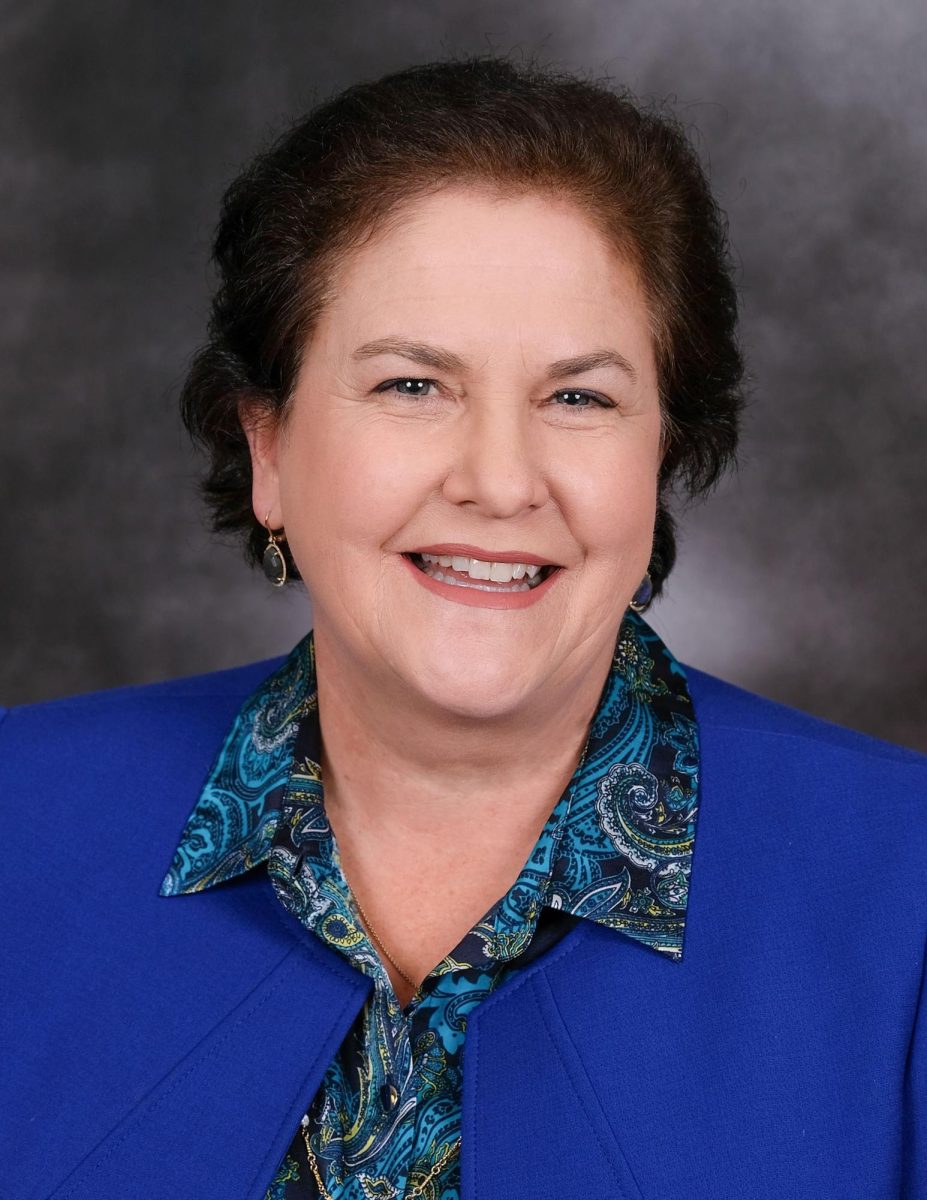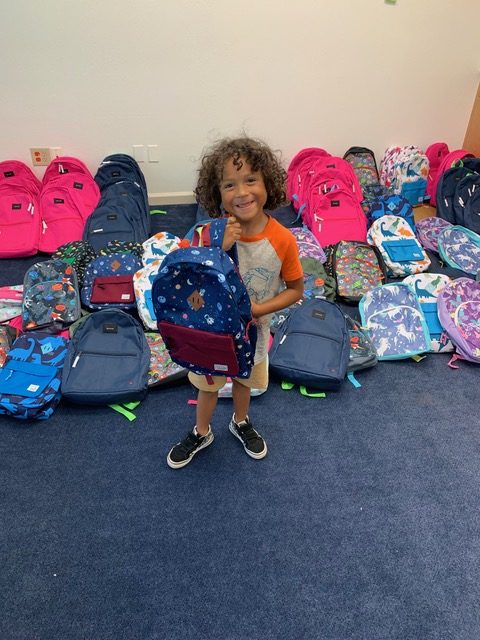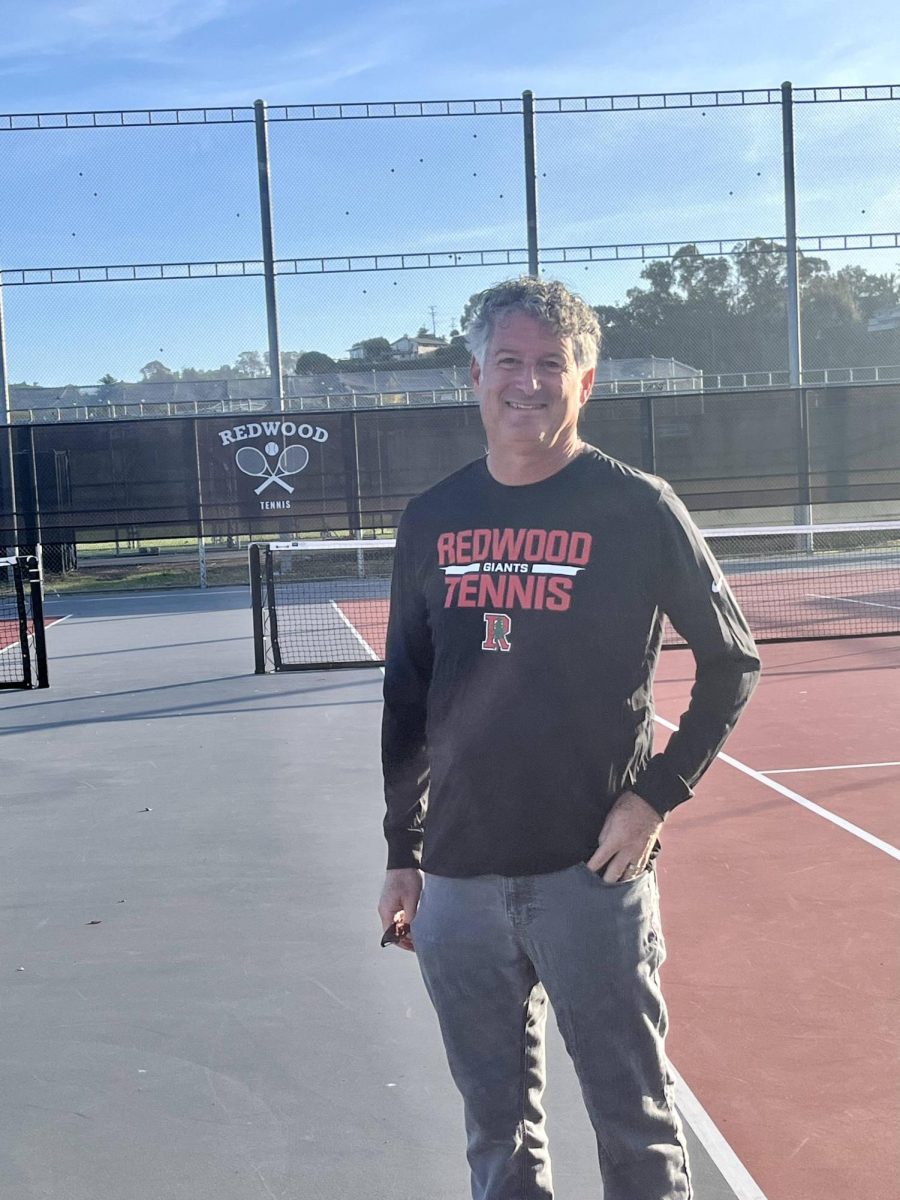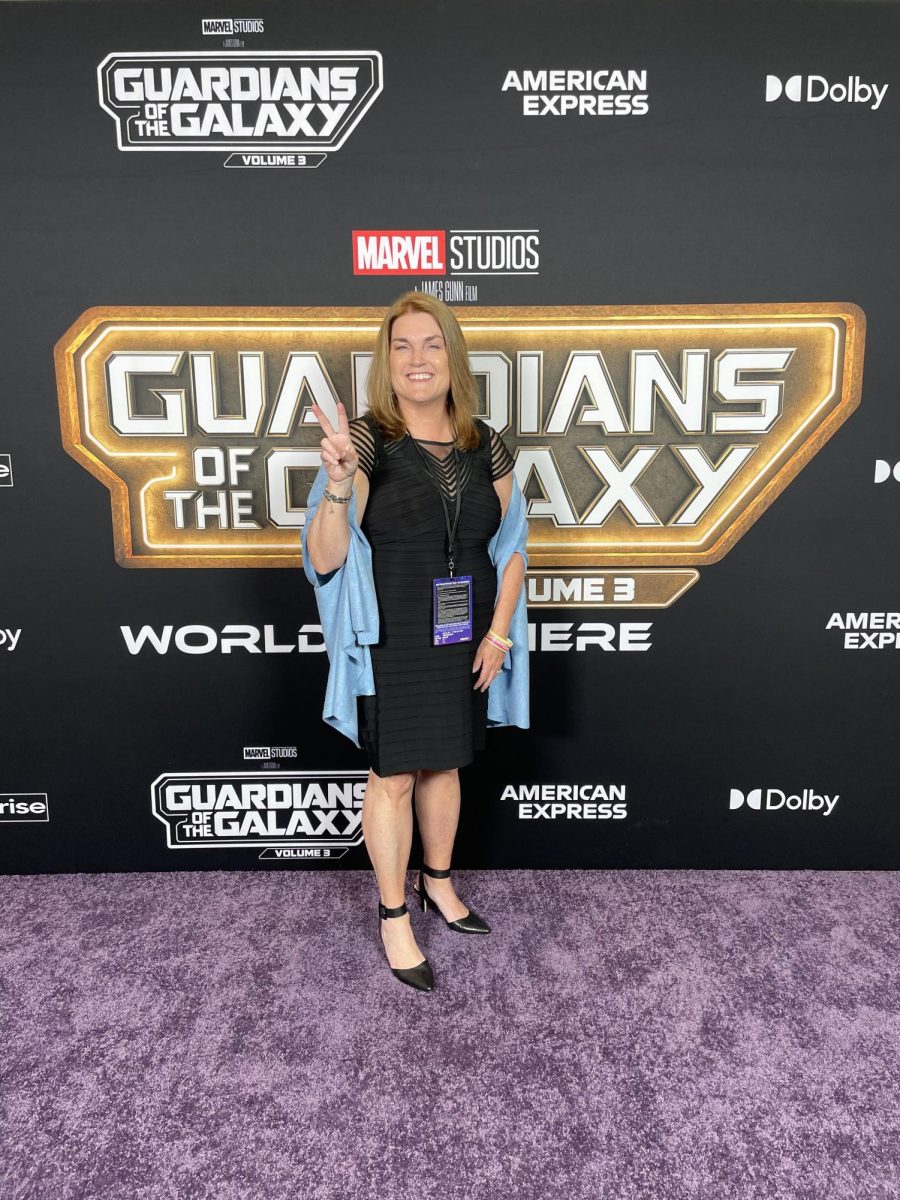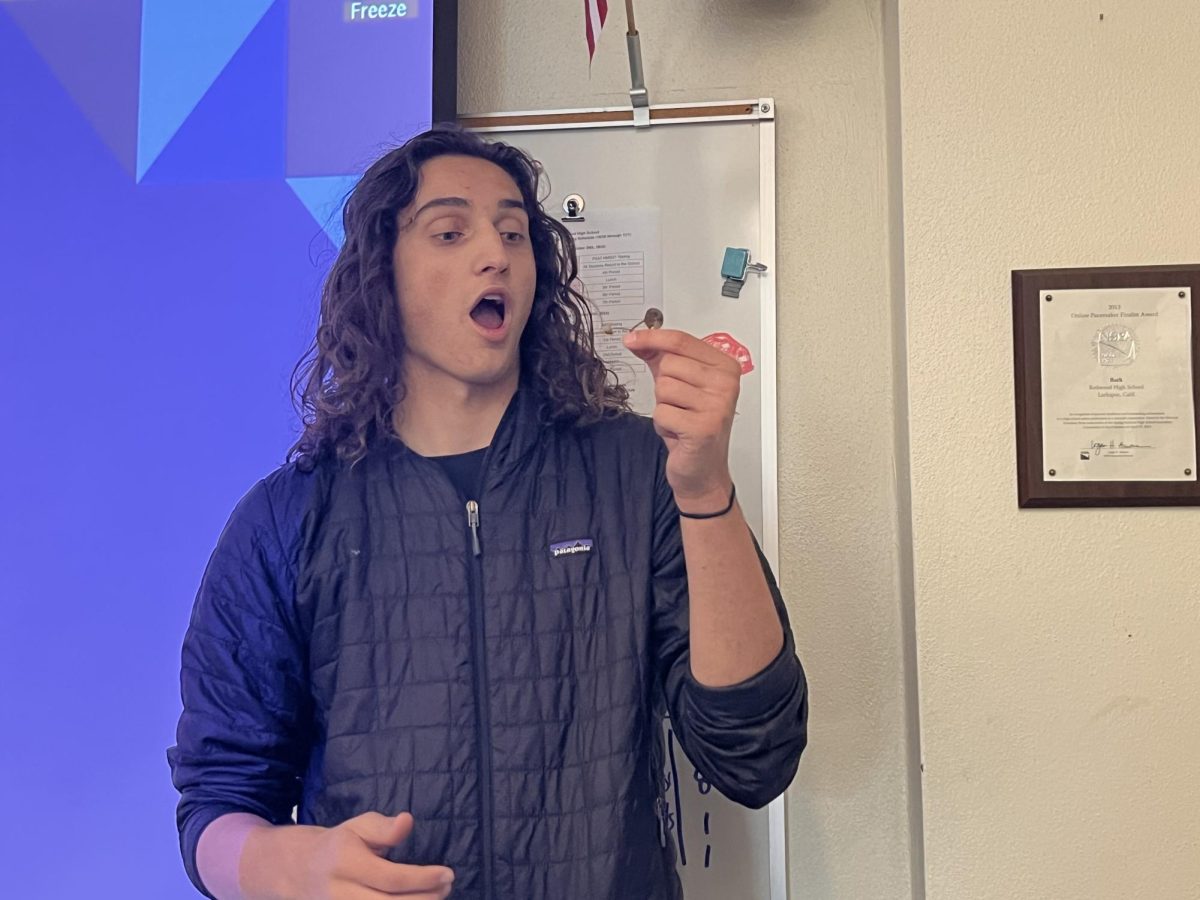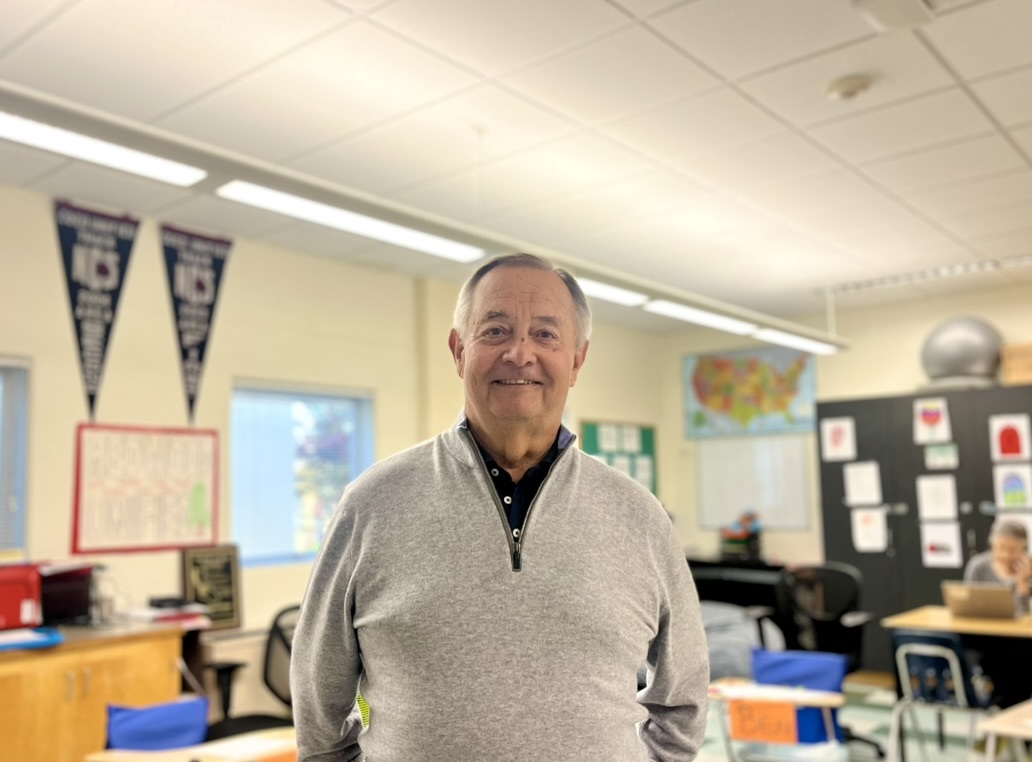If there’s one thing a Redwood student looks forward to during homeroom, it’s a new Redwood TV episode. This year, the cast and crew has nearly doubled from eight students last season to 15 students this season, the largest crew in the show’s six years.
The new members of the Redwood TV cast include sophomores Harrison Segal, Charlie Werner, Max Gilberg, Leo Rawlinson and Karl Somerville, juniors Ines Schwartz, Sam Mauro, Russell Root and Natalie Veto, and seniors Victoria Gioia, Ned Peterson and Sophie Landeck.
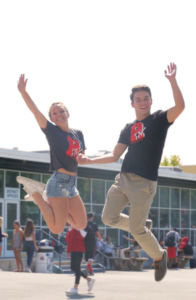
In addition to adding cast members, Redwood TV is introducing two new segments this season, a culture segment and a sports segment, according to Peterson, who hosts the show along with Landeck.
Peterson also said that the sports anchors, Rawlinson and Veto, will look into sports lifestyle and sports practices, as well as cover games and interview players.
The purpose of the culture segment is to delve into subjects that do not necessarily involve academics but still include aspects of the Redwood student body, according to Gioia, who hosts the culture section along with Mauro.
“I might ask students: ‘Where are you eating? Where are you going to hang out? What are new, exciting places you enjoy going with your friends? Have you done anything cool in the Bay area in the past couple of weeks?’” Gioia said. “We want to focus things in terms of social life and general lifestyle.”
With the addition of the culture and sports sections, the crew now has a set amount of time allotted for each segment, according to Gioia.
“This year, we aim to have about one minute to a minute and thirty seconds for each segment, whether that’s sports, culture, or main hosts. Hopefully this will keep shooting to a minimum,” Gioia said.
With the addition of three new sets of anchors, another goal for this season is to produce longer episodes with higher quality and more reliable and regular content.
“If we only had two anchors and a few guests stars like the previous seasons, it would be hard to produce segments because there’s not a lot you can do with two people,” Gioia said. “But because we’ve now got three categories and different things that can go into these categories, you can produce content with fresher ideas. It’s also easier to manage ideas.”
The anchors do not take part in the editing process, as every segment has an editing and producing team, according to Gioia.
“We have two hosts, and then two people who help film and edit. [The anchors] just handle being on camera,” Gioia said.
Producers and editors, like Werner, handle everything that is not on screen.
“For the editing process, we usually get all the footage and put it on one computer,” Werner said. “Then we figure out who wants to edit what, who wants to handle what part of the episode. Normally we’ll begin [editing] the episode Saturday night and have it completed and sent out to Mr. Sondheim to review it by Sunday night. So it’s a pretty quick turnaround.”
Unlike the editing and producing process, the entire crew frequently meets and partakes in idea planning and writing the episodes, according to Werner.
“Everybody schemes ideas together. Everyone has good ideas and information on what to announce, where to film, and what to film,” Gioia said. “We set a time to meet, and usually when we meet is when we actually physically draw out a plan for the episode and write down a list of filming times.”
Gioia said that it is important for ideas to be fresh and also timeless, steering away from ideas that might be outdated by the time an episode is released.
Nonetheless, the crew hopes to continue to produce good content while maintaining the humor and entertainment that was instilled in previous seasons, according to Peterson.
“We really want to have students in the Redwood community have their voice heard,” Peterson said. “The overall goal is to make people happy.”


